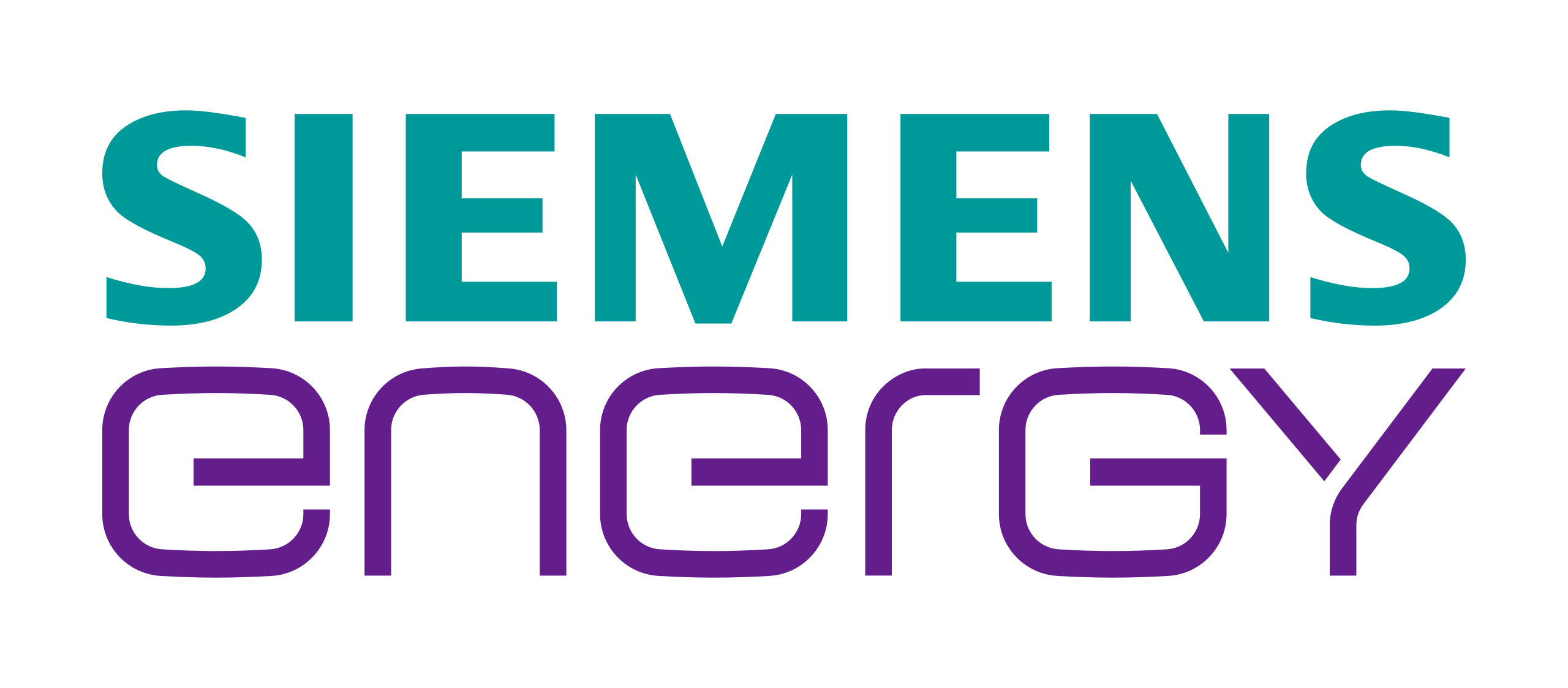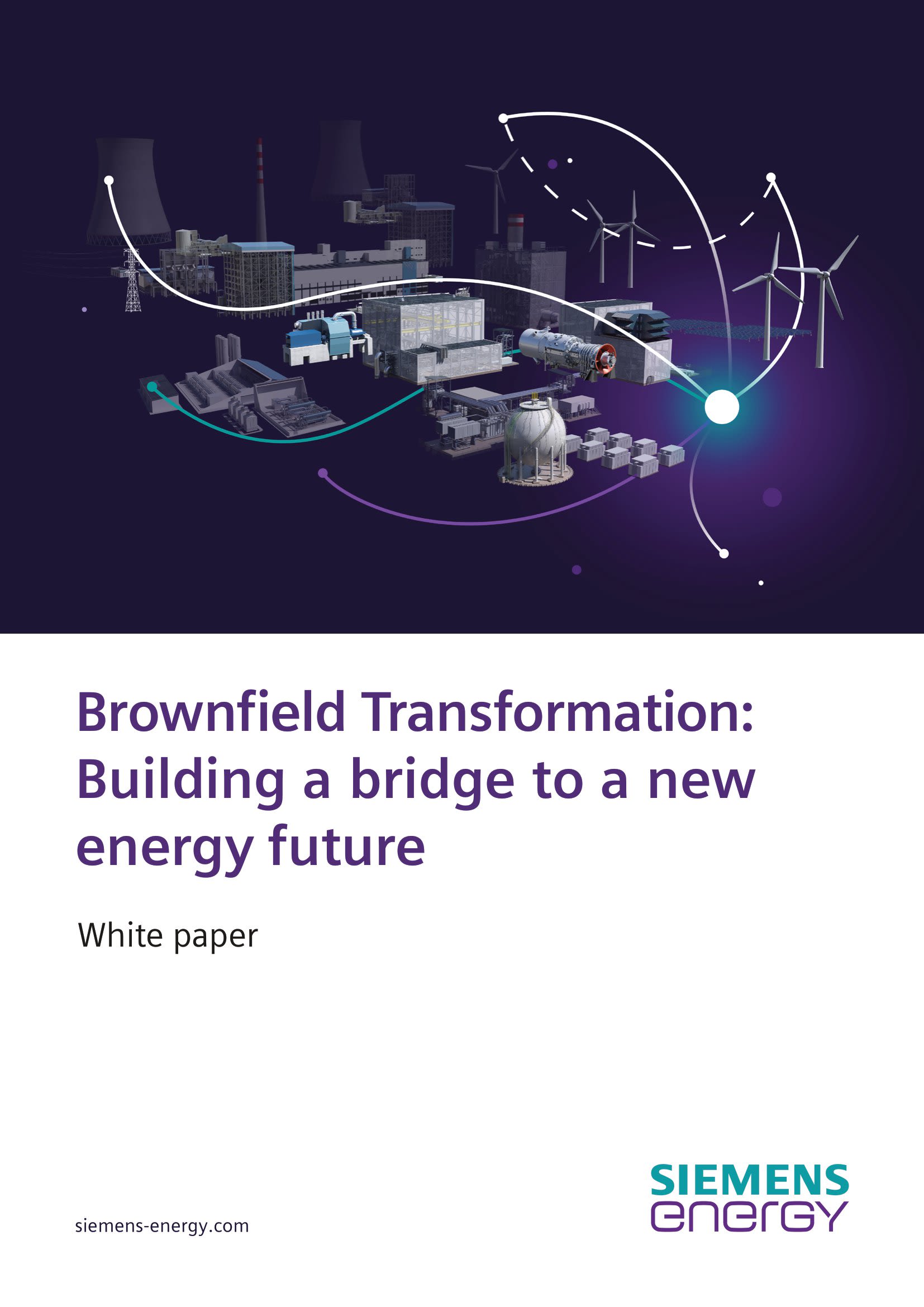Asset Management
Five Reasons Why Power Plant Owners Should Consider Repurposing Their Assets

Aging power plants are not necessarily liabilities. Owners must consider all of their options for both sites and equipment before they inadvertently discard valuable assets.
The shift toward renewable energies and global efforts to cut CO2 emissions are challenging the existing power generation strategies and power plant fleet designs of many energy suppliers. As a result of societal demands and legal regulations, more and more plant operators and owners are being forced to change the way they generate electricity. Often, the question is what to do with legacy plants that aren’t suitable for the future energy system due to high CO2emissions and low operational flexibility.
In my view, the worst option is to simply strand these assets. After all, market changes don’t just bring major challenges, they also give rise to new opportunities. Today, modern technologies and creative approaches generate numerous opportunities to convert existing power plants into modern assets that are economical and future-proof, and that will contribute to a reliable and sustainable power supply.
According to market analyses, up to 25% of the world’s installed coal-fired power plants have the potential for full repowering. And, in addition to repowering, other repurposing and conversion options include rotating grid stability conversions, brownfield engine exchanges, modernizations and upgrades, and hybridization projects. In the following, I’ll give you five reasons why power plant owners should consider repurposing or converting their assets.
1. Lower Investment Costs Compared to Greenfield Projects
Power producers who plan to decommission a retired plant and invest in a new power generation facility are confronted with the decision to either build a new plant on a greenfield or convert a brownfield plant into a productive asset. Investment costs play a significant role in this decision.
In case studies, we’ve calculated that coal-to-gas conversion repowering projects can reduce capital expenditures (CAPEX) by up to 30% compared to greenfield. There are also considerable cost advantages to rotating grid stability conversion projects where an existing electrical generator can be re-used as a synchronous condenser. Brownfield engine exchange (BEX) projects can often be very economical as well. For example, an old gas turbine can be replaced by a state-of-the-art unit that may also be ready to run on hydrogen as a fuel.
If an existing power plant site is repurposed, cost pools for land, development, foundations, and grid connection are reduced or eliminated. Existing buildings like control rooms, office buildings, and visitor centers can often continue to be used. If an existing steam turbine or electrical generator can be retrofitted and retained, there are even more cost advantages. For example, the conversion of existing generators into synchronous condensers is possible at comparatively low cost. This is an attractive way to repurpose generators in power plants that are facing exit decisions.
An excellent example of a very economical conversion of a retired coal-fired power plant into a combined cycle gas turbine power plant is the R.D. Morrow, Sr. Generating Station in Purvis, Mississippi. The original coal plant dates back to 1978. In March 2023, the repurposed plant—which was converted to a state-of-the-art combined cycle plant—began operation with a new SGT6-9000HL gas turbine. The plant uses a heat recovery power strategy that utilizes the thermal power from the new gas turbine in existing plant thermal systems. For plant operator Cooperative Energy, repowering was realized at a much lower investment cost compared to building a completely new plant on a greenfield.
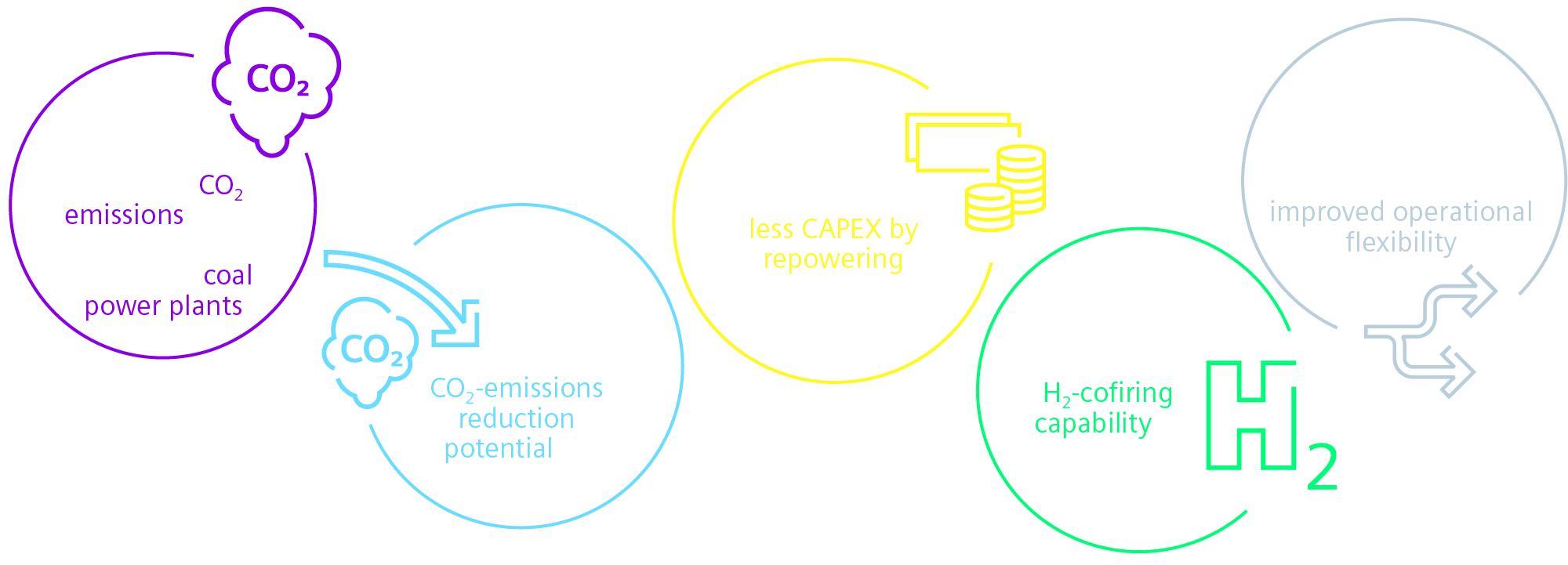
Estimated figures only
Estimated figures only
2. Easier and Faster Project Realization
The planning and realization of a new power plant project is usually a complex task that can take years to complete. In many countries, the approval process alone can take several years. Public protests and court proceedings can further delay construction projects.
Repurposing existing power plant sites is usually much easier. Many regulatory approvals are already in place, major structures have already been built, and existing plants usually already enjoy public acceptance. Plans to make existing power plants greener and lower their emissions rarely meet with public resistance.
The prospect of preserving existing jobs or even creating new ones and strengthening the region’s economy is usually supported by the local community. Another factor that shouldn’t be underestimated is that trained and experienced power plant personnel can continue to work, and in contrast to greenfield projects, there’s no need to start from scratch with the recruitment of skilled personnel. At the R.D. Morrow, Sr. Generating Station, for example, the operator decided to keep all of the plant’s employees on throughout the project to help with demolition, construction, and conversion work, which had a positive impact on the local economy and resulted in overall savings.
One way to breathe new life into an existing plant is an engine exchange project. The complete replacement of a gas turbine with a higher efficiency machine that can burn hydrogen as a fuel can be performed in just a few months. In a very short time, an old power plant can be transformed into a state-of-the-art plant that has all the features required by current and future energy systems.
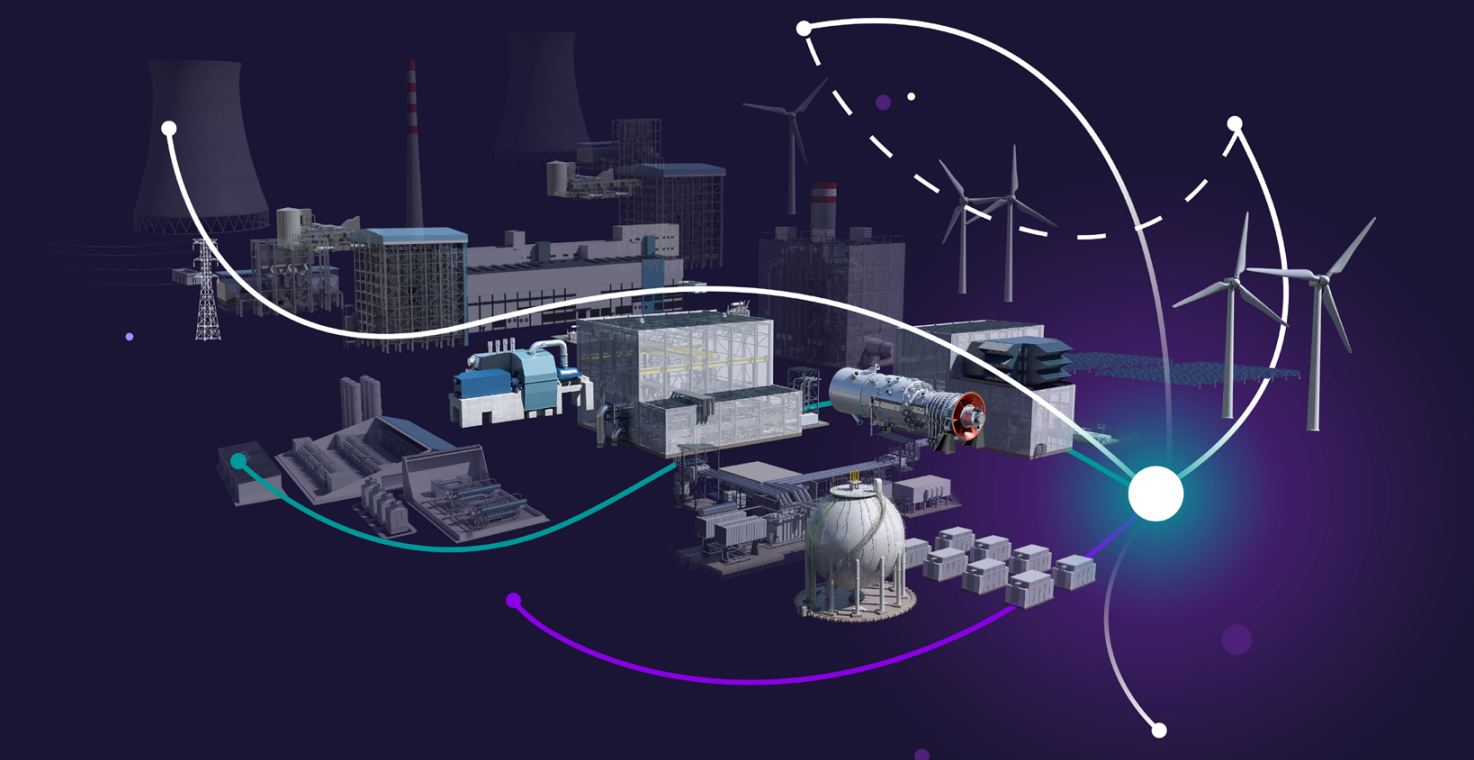
3. More Economical Operation Thanks to Significantly Higher Flexibility
With the steady expansion of renewable energies in many countries, operational flexibility in conventional power plants is playing an increasingly important role. Because wind and solar power plants can’t produce electricity continuously and in line with demand, gas-fired power plants in particular must be able to respond as quickly as possible and ramp up or ramp down production.
In most electricity markets, the mere promise of being able to either feed in power or curtail production at short notice is rewarded with corresponding compensation, and therefore, generates additional revenue. Operators who can react quickly to fluctuating electricity prices on the spot market can also increase their sales accordingly. Electricity producers who have combined fleets that include wind and solar power plants can make supply commitments that wouldn’t otherwise be possible by increasing the operational flexibility of their conventional power plants.
Repowering steam power plants with highly efficient and flexible gas turbines increases operational flexibility from 20% to 100% plant capacity, which creates completely new opportunities for operators. BEX projects are also providing higher operational flexibility by allowing part-load capability and fast ramp rates.
A recent BEX project in Austria is especially interesting. The Theiss Thermal Power Plant (Figure 1), which was built in 1976, no longer served as a baseload plant with the increasing expansion of renewable energies; rather, it increasingly served as a peak-loader. So, when the plant’s main gas turbine was nearing the end of its lifecycle, the owner—Austrian energy provider EVN—decided to replace it with a more efficient and eco-friendlier turbine that can burn up to 10% hydrogen. The new turbine has a larger load volume that offers the operator much more operational flexibility and some degree of fuel flexibility.
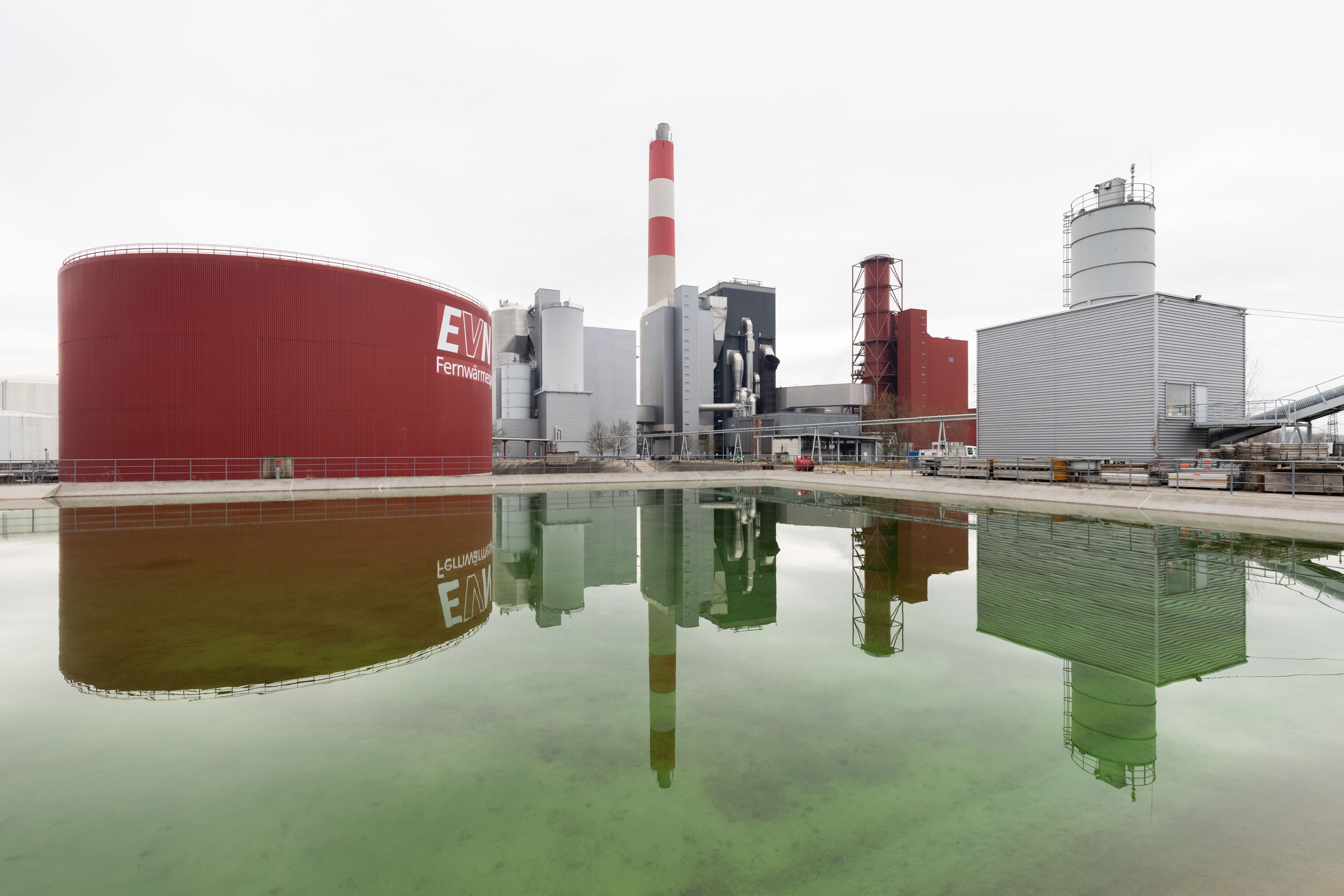
1. Theiss Power Plant. Courtesy: Siemens Energy
1. Theiss Power Plant. Courtesy: Siemens Energy
4. Improving the CO2 balance
Significantly reducing CO2 emissions is a very important global challenge. In addition to fundamental climate protection efforts, the cost of CO2 emission certificates, public reputation, and the increasing demand for low- or zero-emissions electricity are other important reasons for this.
Retrofitting existing power plants offers enormous potential for reducing emissions. According to our calculations, the savings potential of repowering projects is up to 70%, thanks largely to the fuel switch from coal to natural gas in conjunction with a significant increase in efficiency from an average of 38% to 63%.
We must consider that many gas turbines can already be fired with a mixture of natural gas and hydrogen, and that pure hydrogen operation will be possible in the future. This means that repowering projects with state-of-the-art gas turbines are future-proof investments because plants can continue to operate even if fossil fuels are completely eliminated.
At the Donaustadt thermal power station in Austria, which has a capacity 395 MW of electric power and 350 MW of thermal energy, we’ve recently completed most of the hardware changes and modifications required to run the plant on blended hydrogen. With 15% hydrogen use by volume, CO2 emissions can be reduced by 33,000 tons annually. Thanks to the efficiency of new combined cycle plants, the R.D. Morrow, Sr. Generating Station has cut its previous carbon footprint in half. A BEX at one of BASF’s industrial combined cycle power plants in Germany (Figure 2) enabled the plant to reduce its emission of greenhouse gases like CO2 by more than 16%. These examples show that converting existing assets can prevent large amounts of CO2 from being emitted and make an important contribution to global climate protection goals.
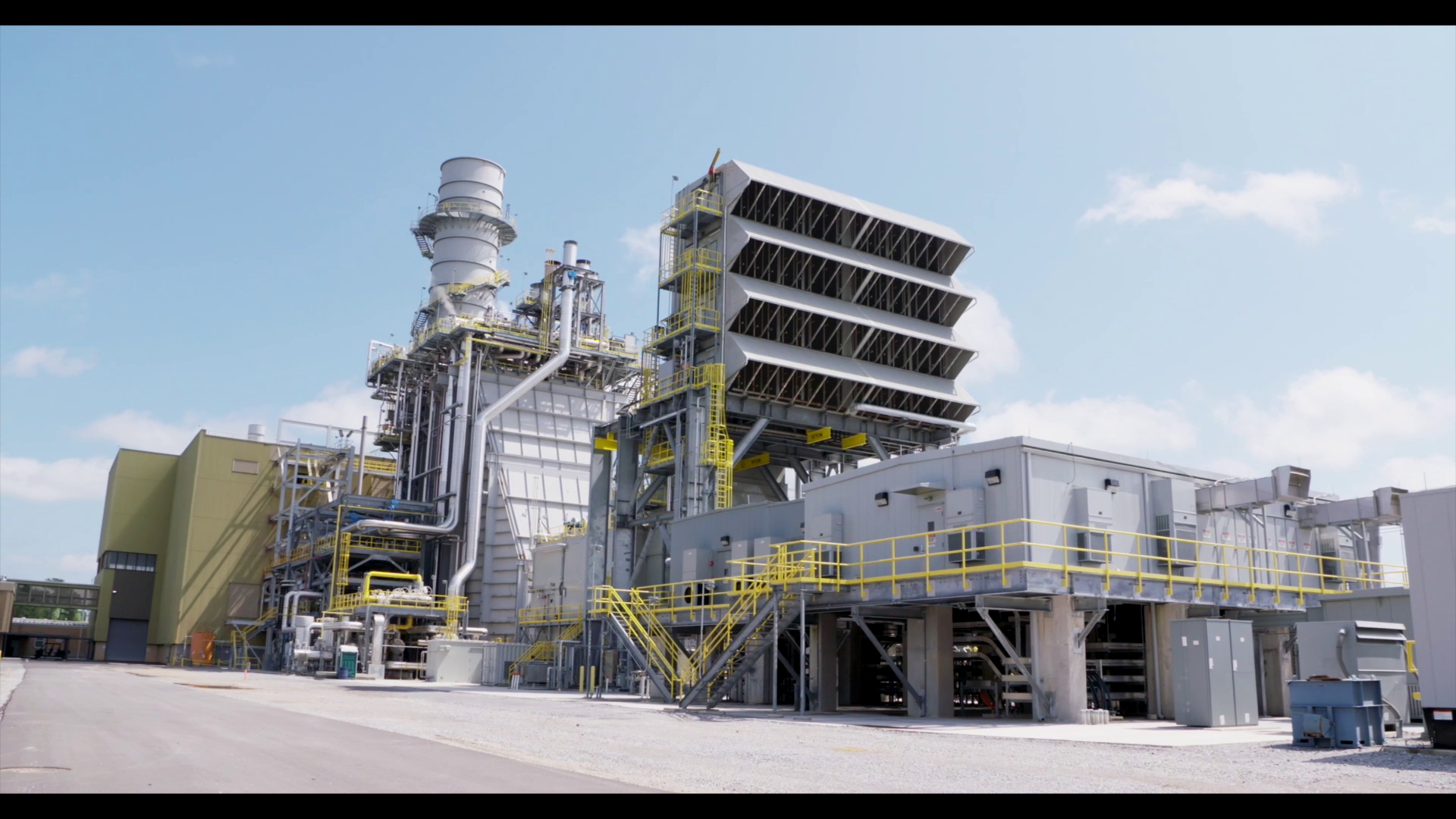
2. Morrow Power Plant. Courtesy: Siemens Energy
2. Morrow Power Plant. Courtesy: Siemens Energy
5. Ensuring the Future Viability of Assets
As I’ve already mentioned, legal requirements and conditions for the operation of power plants are becoming increasingly stringent in some countries, and many plants around the world are threatened with shutdown if they aren’t retrofitted or modernized. At the same time, there’s also great potential in many old plants. If power plant owners decide to repurpose or convert their assets, whether through repowering or rotating grid stability conversion, they ensure that assets remain valuable and can generate revenue for many years to come.
The demand for grid stabilizing solutions, for example, will certainly continue to grow in the coming years. That’s because more and more conventional power generation units are being shut down as the adoption of renewable energies increases. This means that they can no longer provide rotational inertia, short-circuit power, and voltage regulation.
However, these functions are necessary to maintain the balance of the grid. Converting a retired plant into a modern synchronous condenser will, therefore, ensure a continuing source of revenue. Working with the energy supplier Uniper, we converted existing power plants in Grain and Killingholme in the UK into synchronous condensers that are now providing dedicated inertia and voltage control services to the National Grid system operator.
Another very innovative option for gas turbine peaker plants is to install a coupling between the gas turbine and the electrical generator. This creates a hybrid system for dual mode operation that can act as a synchronous condenser whenever the gas turbine isn’t running and the power plant isn’t producing electricity. The plant can instead supply system inertia, short-circuit power, and reactive power compensation for voltage control, and with this, stabilize the power grid. This opens up another revenue stream for power plant operators. This approach hasn’t yet been realized as a retrofit, but several of these projects are currently being developed in Europe and Australia.
Finally, it’s worth mentioning that installing new gas turbines as part of a repowering project or BEX, or the modernization of existing gas turbines, will ensure that units can also be partly or completely fired with hydrogen in the future. Our company has a well-defined plan to steadily increase the proportion of hydrogen that our gas turbines can burn. Plants that can be fired with hydrogen are extremely future-proof assets.
For whatever reason a power plant owner might consider shutting down a plant, in my view, leaving a power plant stranded isn’t a good idea. The options for repurposing or conversion are so diverse—and above all, they make the plant sustainable.
